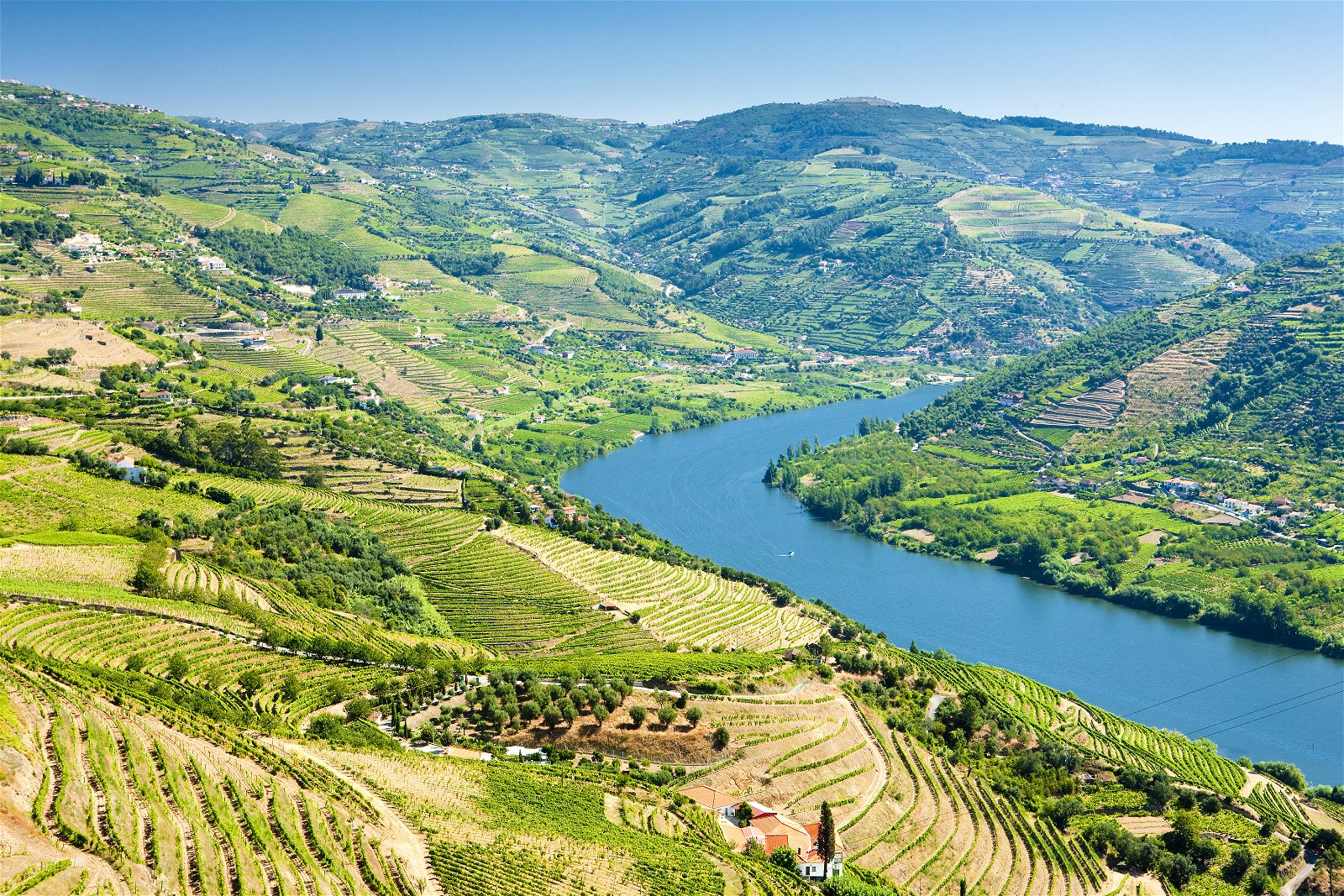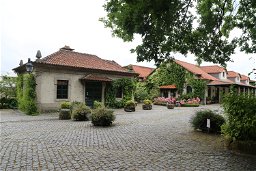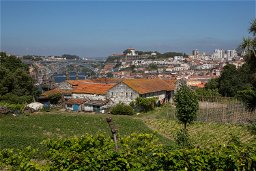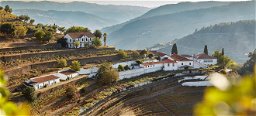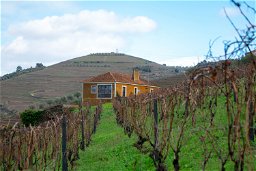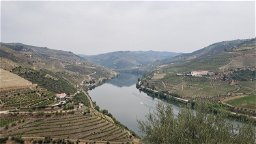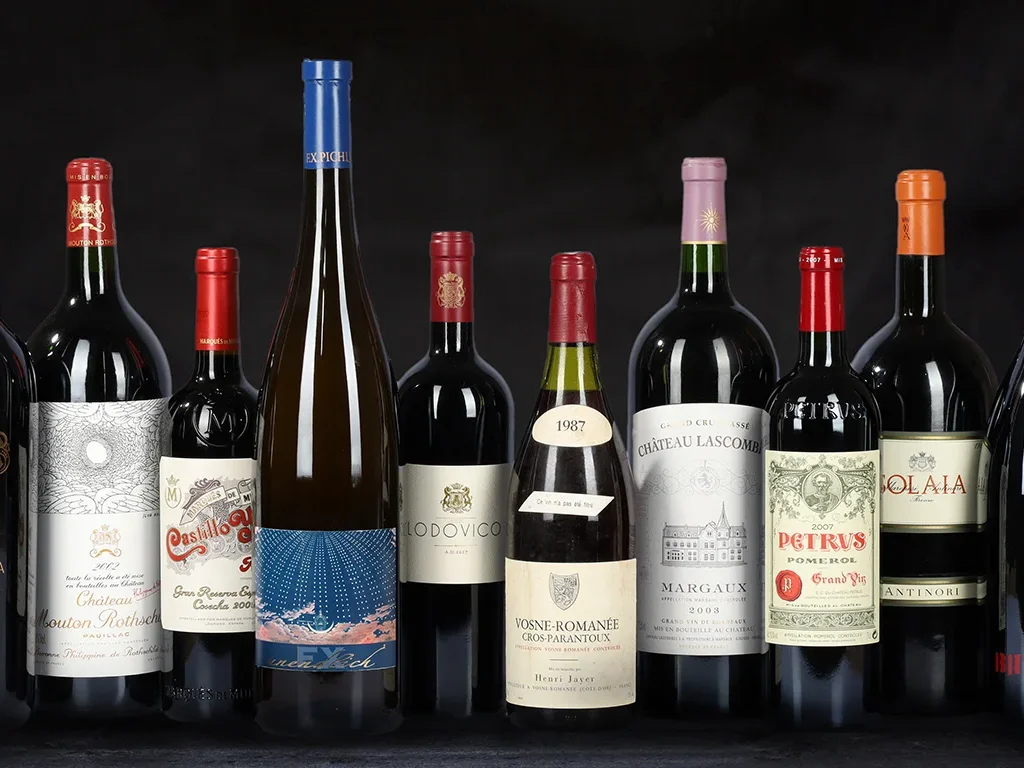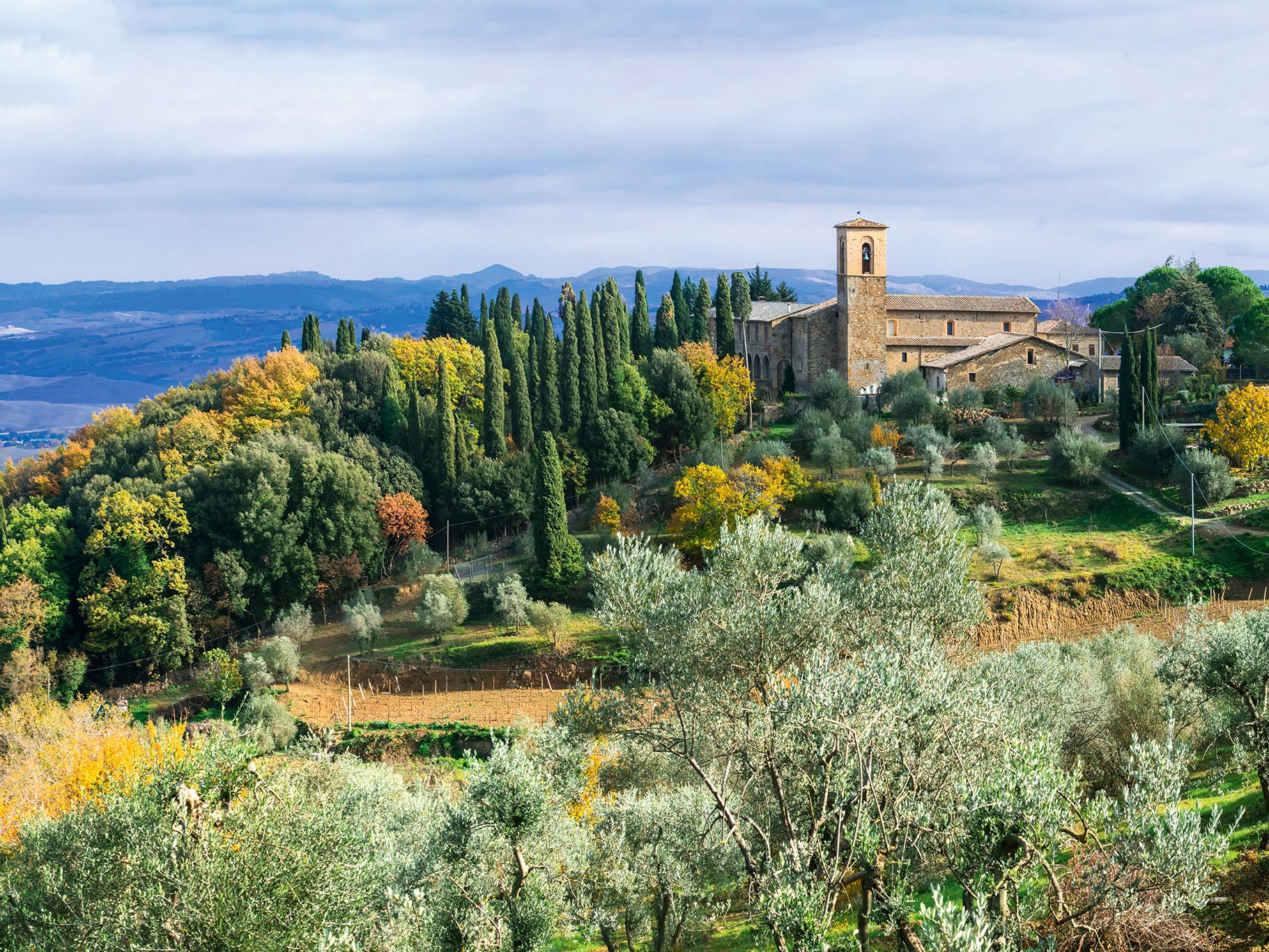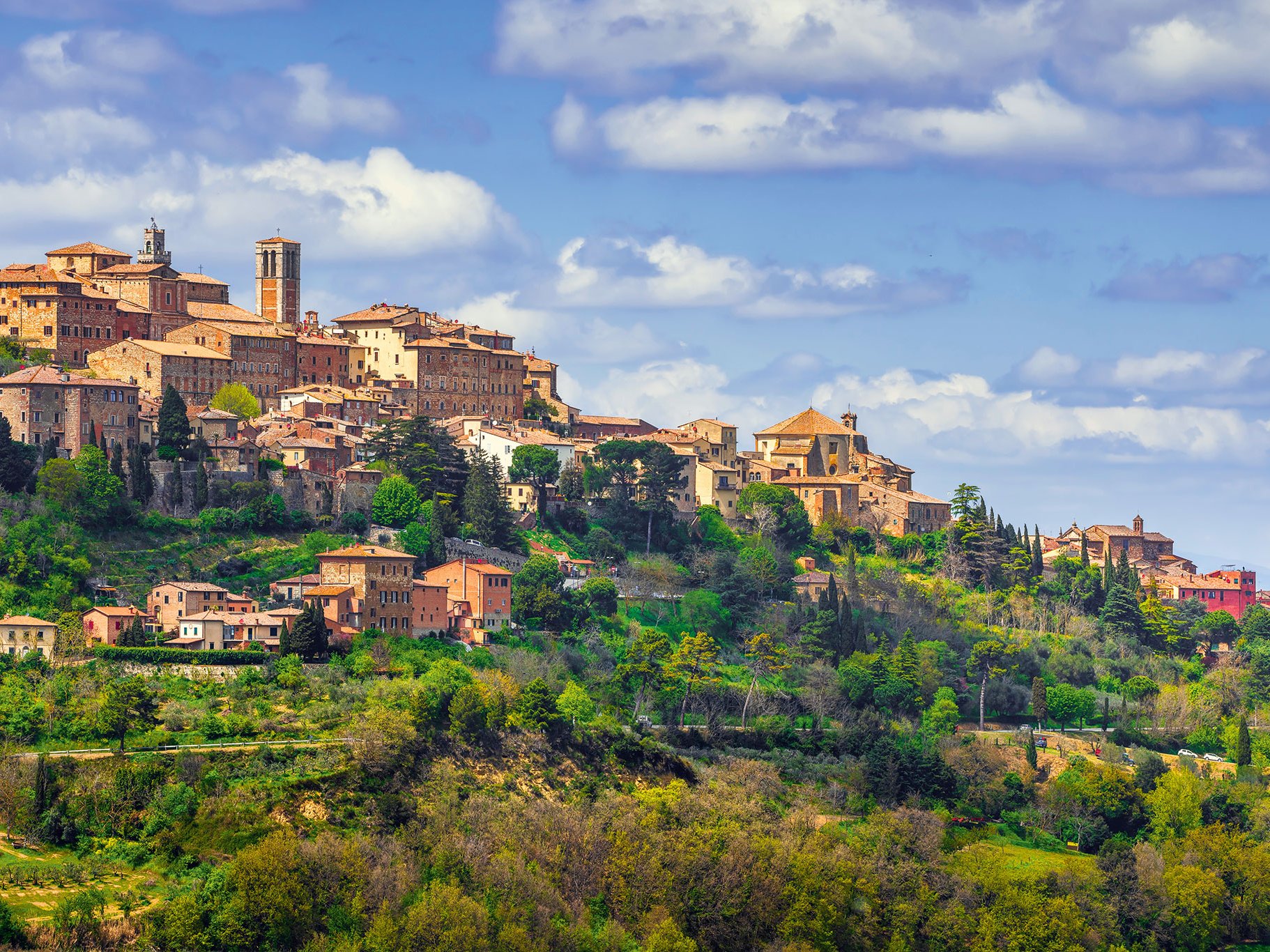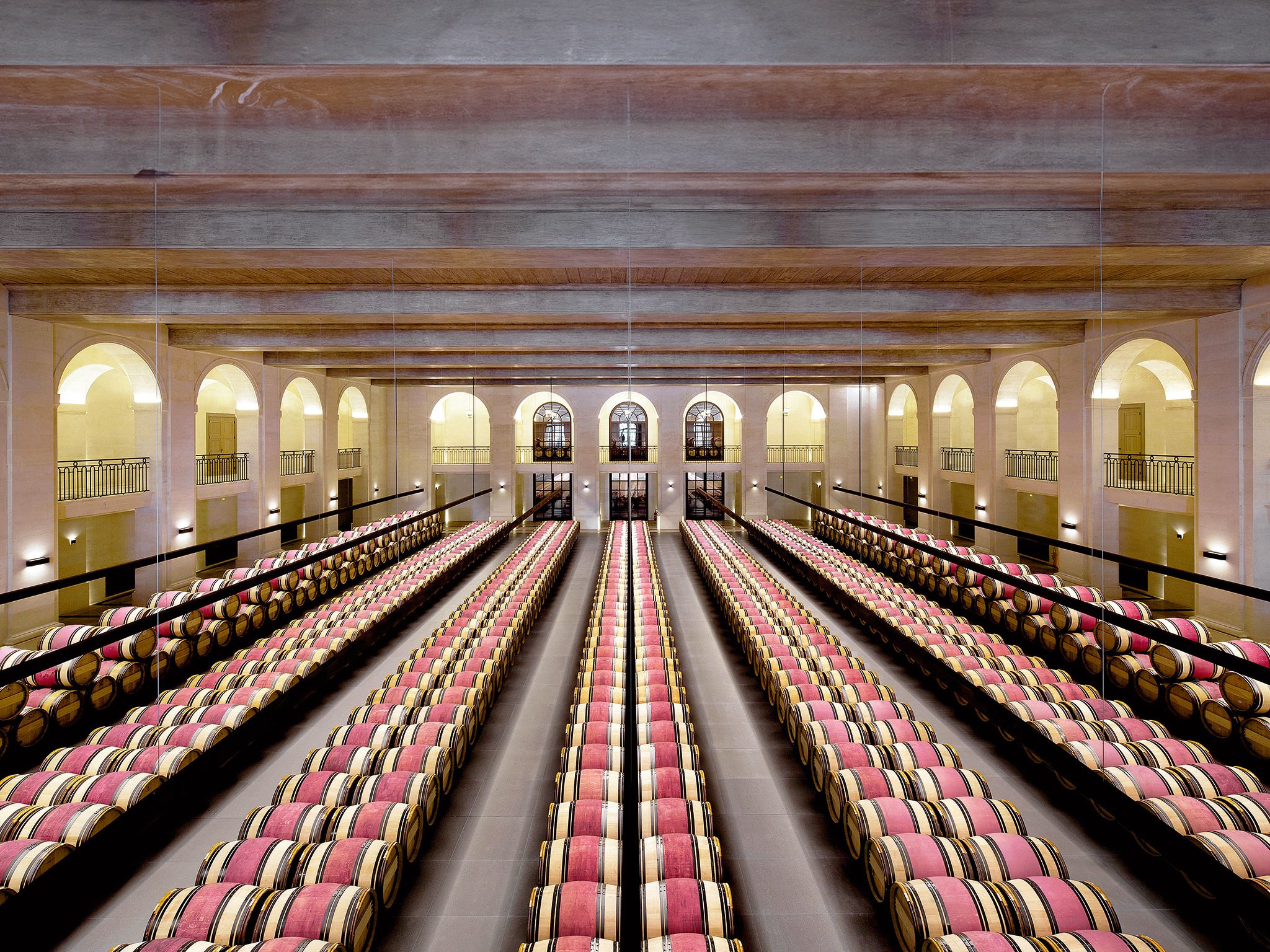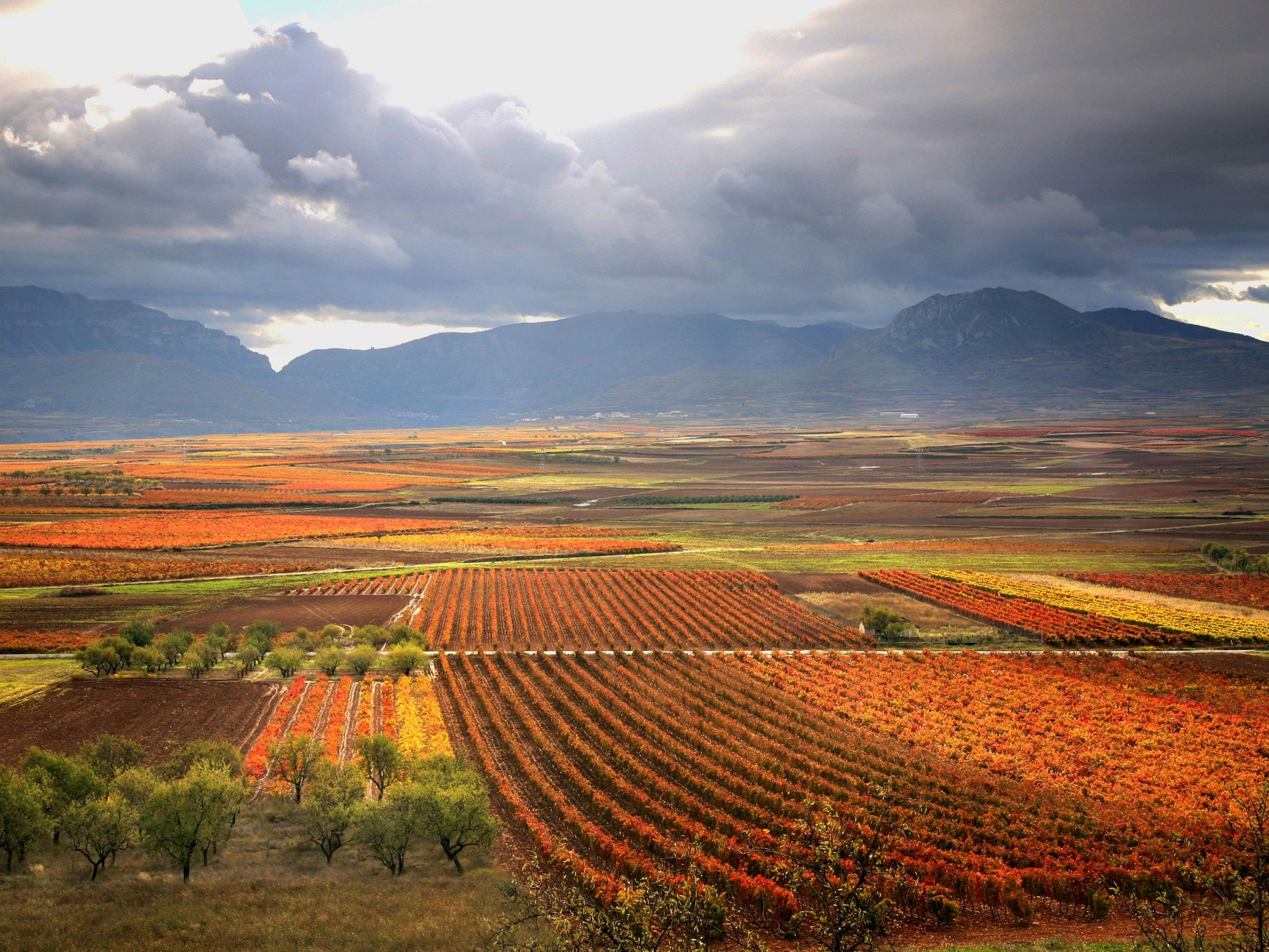Viticulture in Portugal looks back on a long history and has undergone a great development over a long period of time, somewhat unnoticed by the wine-loving public. Phoenicians and Greeks already cultivated wine here, before the Romans took the reins and exported the wine from Portugal to Rome and the wider Roman Empire. However, the country's most important wine, port, was not developed until the end of the 17th century.
Today, about 195,000 hectares are under vine from the north to the south of the country. Portugal has a treasure like hardly any other country - a multitude of autochthonous grape varieties. Around 300 of these grape varieties grow here, many of which are approved for the production of wines that often provide a taste experience beyond the mainstream. However, since hardly anyone knows these grape varieties and they are sometimes difficult to pronounce, this is precisely what stands in the way of marketing them on a large scale. Approximately 6-7 million hectoliters of wine are produced annually in Portugal, which indicates that yields are not too high.
Portugal has become famous for its fortified wines, Port and Madeira, which are still very popular today, especially in English-speaking countries. The Douro Valley, with its spectacular topography, where the grapes for Port wine grow, provided Europe's first official provenance around 250 years ago, and today it is a UNESCO World Heritage Site.
Portugal boasts a wide variety of terroirs and a climate that is ideally suited to viticulture. In the north, as well as near the Atlantic Ocean, it is rather cool, so that fresh white wines are produced here. The best known is the Vinho Verde from the northeast of the country, whose name, by the way, refers to the green landscape, not to the character of the wine. In the interior of the country it is usually much warmer and drier, from here come different, sometimes very rich red wines. The most famous grape varieties are Arinto, Fernao Pires, Verdelho, as well as Alvarinho, which is well known from Galicia. Well-known red wine varieties are, Touriga Nacional, Tinta Roriz, Alicante Bouschet, Trincadeira and Castelao. From the Setubal peninsula near Lisbon comes an excellent, but until today little known sweet wine, the Moscatel del de Setubal.
The cuisine of Portugal is very diverse, in the north because of the cold winters, rather focused on meat, further in the south fish and seafood dominate. Soups and stews play a major role, and the introduction to a multi-course meal is almost unthinkable without a soup. The country's national dish is the famous "bacalhau," dried cod, also called stockfish, prepared in a variety of ways. The dried fish refers to Portugal's great tradition as a seafaring nation, because almost only dried food could be carried on board the sailing ships. But the gastronomic scene is exciting; 7 restaurants are decorated with two stars, and 20 restaurants in the country can show at least one.
